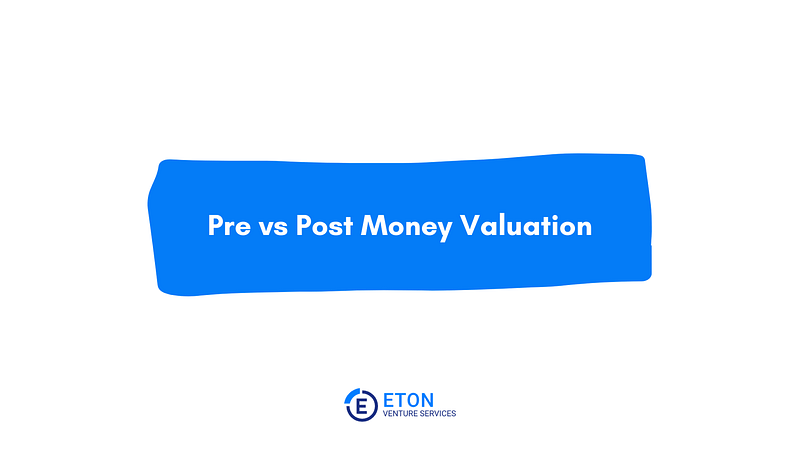Navigating NFT Scarcity: How Rarity Affects Fair Market Value
As the world moves towards a more digital future, the rise of Non-Fungible Tokens (NFTs) has been one of the most talked-about trends in recent years. NFTs are unique digital assets that are authenticated using blockchain technology, making them scarce and valuable. The value of an NFT is determined by several factors, with rarity being a key driver of Fair Market Value (FMV).In this article, we will delve into the concept of scarcity and how it affects the valuation of NFTs. We will also explore the methods used to assess the rarity of an NFT and how it can be used to maximize investment returns.
What is NFT Scarcity?
Scarcity in the context of NFTs refers to the limited number of tokens available for a particular NFT. NFTs are unique and irreplaceable, making them scarce by design. Each NFT is created with a specific set of traits, such as hair color, weapons, jewelry, etc. These traits are what make the NFT valuable, and the rarer the trait, the more valuable the NFT.
One of the most famous examples of how rarity affects the Fair Market Value of an NFT is the CryptoPunks collection. CryptoPunks are 10,000 unique 8-bit characters, each with its own specific traits such as hats, glasses, and facial expressions. Some of these traits are rarer than others, and as a result, certain CryptoPunks are worth significantly more than others.
The CryptoPunk collection is widely referred to as the original NFTs.The most valuable CryptoPunk is the one with the attribute “Alien”. There are only nine CryptoPunks that have this attribute, making them incredibly rare.
In 2021, one of these Alien CryptoPunks sold for a whopping $23 million at an auction.On the other hand, the least valuable CryptoPunks are the ones with common attributes such as beanie hats or regular glasses. These are relatively common and can be purchased for a few thousand dollars. This demonstrates how rarity can have a significant impact on the Fair Market Value of an NFT. Even within the same collection, certain NFTs can be worth much more than others due to their rarity.








